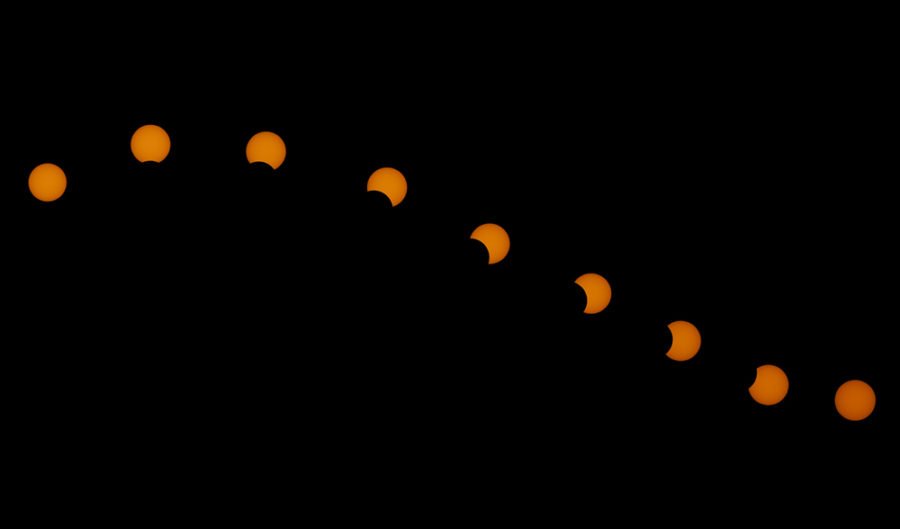Rare solar eclipse over Australia on 29 April

A RARE ECLIPSE that will turn the sun into what’s been described as a ‘fat banana’ will appear in Australia’s southern skies this afternoon.
A crescent sun, almost as rare as a Halley’s Comet, will be visible on shortly before sunset (between 4-5pm) in southern parts of Australia. The sun will set before the eclipse is over.
Queensland University of Technology astrophysicist Stephen Hughes says two-thirds of the sun will be covered in Melbourne, compared with half in Sydney.
“Melbourne will be quite a bit better than Sydney … a super-fat banana,” he said.
Hobart viewers will see a thinner crescent while people in tropical Cairns will be lucky to glimpse a “tiny bite out of the sun”.
A full annular eclipse, meaning the moon does not completely cover the sun, will be visible in Antarctica.
- Best way to view a solar eclipse
Rare solar eclipse in the southern hemisphere
The phenomenon, known as a non-central annular solar eclipse, occurs every 73 years – Halley’s Comet appears every 75. Because the moon is a little further away than usual, its shadow will not completely cover the sun, even at its fullest over Antartica.
The eclipse will occur two weeks after a ‘blood moon’ was visible, when the moon passed through the middle of a shadow cast by Earth.
This time the moon will be on the other side of the Earth and will pass right in front of the sun.
“Just by looking at it, it won’t look any different from a normal, partial eclipse,” Dr Hughes said.
Viewers are urged not to look directly at the sun, and should either wear special eclipse glasses free of scratches or see the event at an observatory.
The next solar eclipse in Australia is a total eclipse and will be visible from eastern Australia on 8 October 2014.
Australian solar eclipse viewing times
| City | Eclipse Start | Eclipse End |
| Adelaide | 3:25 pm | sets 5:35 pm |
| Alice Springs | 3:44 pm | 5:54 pm |
| Brisbane | 4:31 pm | sets mid eclipse |
| Cairns | 4:25 pm | sets 5:59 pm |
| Canberra | 4:05 pm | sets 5:22 pm |
| Darwin | 4:21 pm | 5:28 pm |
| Hobart | 3:51 pm | sets 5:17 pm |
| Melbourne | 3:58 pm | sets 5:35 pm |
| Perth | 1:17 pm | 3:59 pm |
| Sydney | 4:14 pm | sets mid eclipse |
| Townsville | 4:49 pm | sets 5:52 pm |
Source: Ian Musgrave/Astroblog
Video: A timelapse of an annualar lunar eclipse from the JAXA Hinode satellite on 4 January, 2011.

